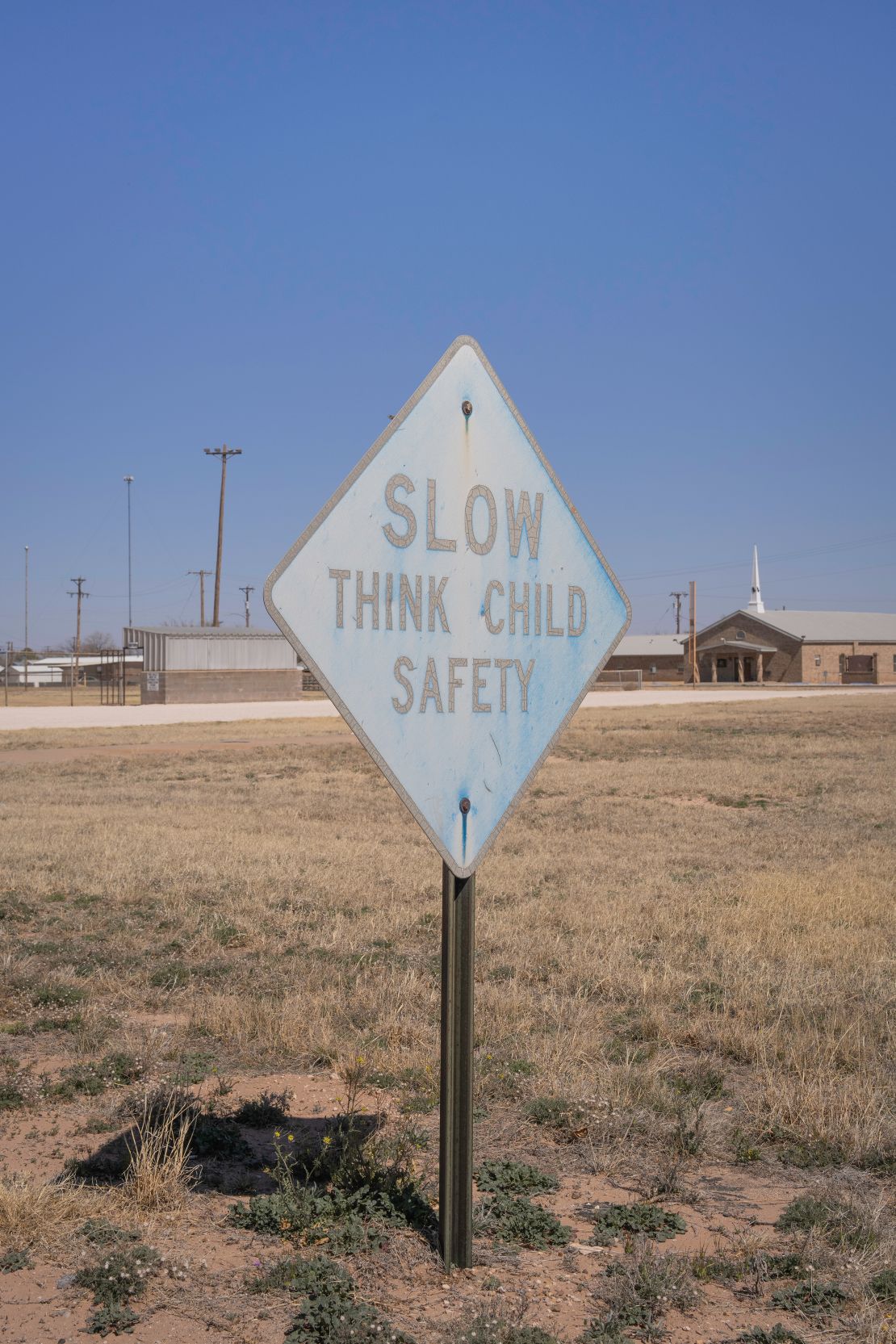CNN
—
Lake Powell, the second-largest man-made reservoir in the US, has lost almost 7% of its storage capacity since the construction of the Glen Canyon Dam in 1963, according to a recent report by the US Geological Survey and the Bureau of Reclamation.
Apart from the impact of a severe multiyear drought, the report reveals that Lake Powell has experienced an average annual decrease in storage capacity of about 33,270 acre-feet, or 11 billion gallons, per year between 1963 and 2018.
This amount of water is enough to fill the Reflecting Pool on the National Mall approximately 1,600 times.
The shrinking capacity of the reservoir is attributed to sediments that flow in from the Colorado and San Juan rivers. These sediments settle at the bottom of the reservoir, reducing its overall water-holding capacity.
According to data from the Bureau of Reclamation, as of Monday, Lake Powell was only around 25% full.

This decline in Lake Powell’s water level and capacity is troubling news for a region already grappling with water shortages and severe wildfires due to the drought. Experts from the National Oceanic and Atmospheric Administration predict that these conditions will likely persist, if not worsen, in the months ahead.
Lake Powell plays a crucial role in the Colorado River Basin. Both Lake Powell and its neighboring reservoir, Lake Mead, have been depleting rapidly. In August, the federal government declared a water shortage on the Colorado River for the first time after Lake Mead reached historically low water levels, resulting in mandatory water consumption cuts in the Southwest since January.
Last week, Lake Powell dropped below the critical threshold of 3,525 feet above sea level, raising further concerns about water supply and hydropower generation, which millions of people in the western US rely on for electricity.
The dwindling water supply along the Colorado River has significant implications. It serves as a water source for more than 40 million people across seven western states and Mexico. Lakes Powell and Mead are vital for drinking water and irrigation, supporting numerous communities, including rural farms, ranches, and indigenous populations.
Tanya Trujillo, assistant secretary for water and science with the US Department of Interior, emphasized the importance of reports like this in understanding water availability in Lake Powell for future planning. She noted, “The Colorado River system faces multiple challenges, including the effects of a 22-year-long drought and the increased impacts of climate change.”










![YGOrganization | Go back With To Vintage Xyz With “Go back of the Duelist”! [DUAD] YGOrganization | Go back With To Vintage Xyz With “Go back of the Duelist”! [DUAD]](https://cdn.ygorganization.com/2025/04/WhatLiesBeneath.jpg)


:max_bytes(150000):strip_icc()/GettyImages-2209794262-4b750252ccf24a72be61e7db2f195a3c.jpg)